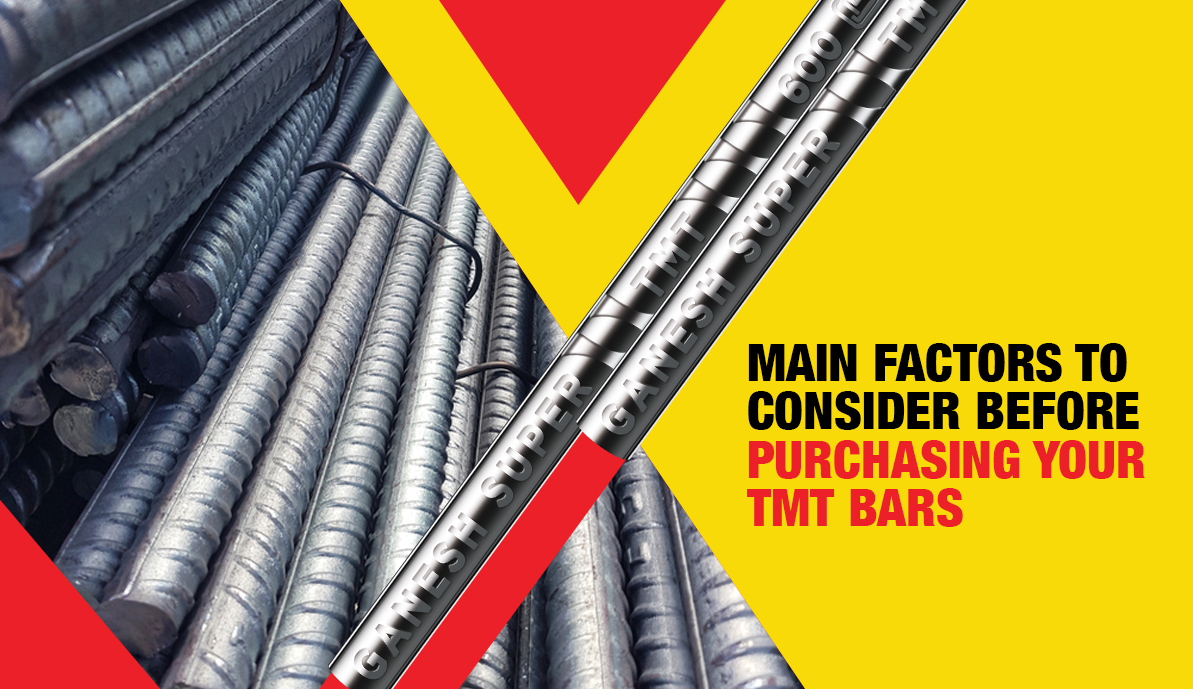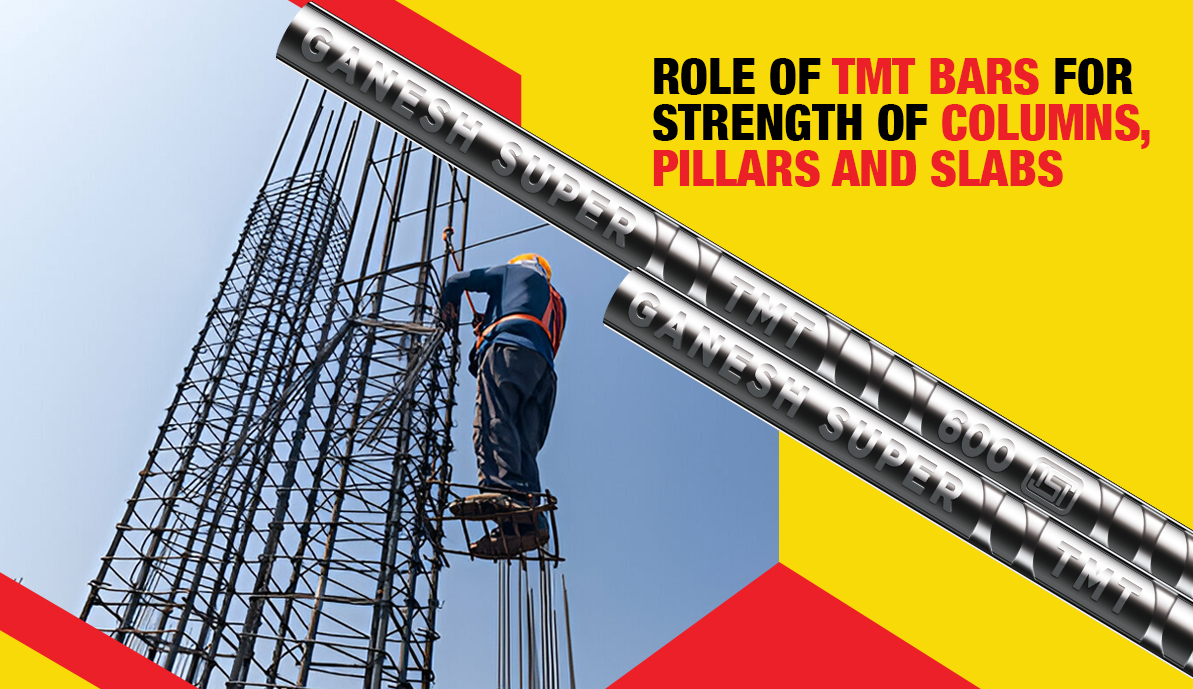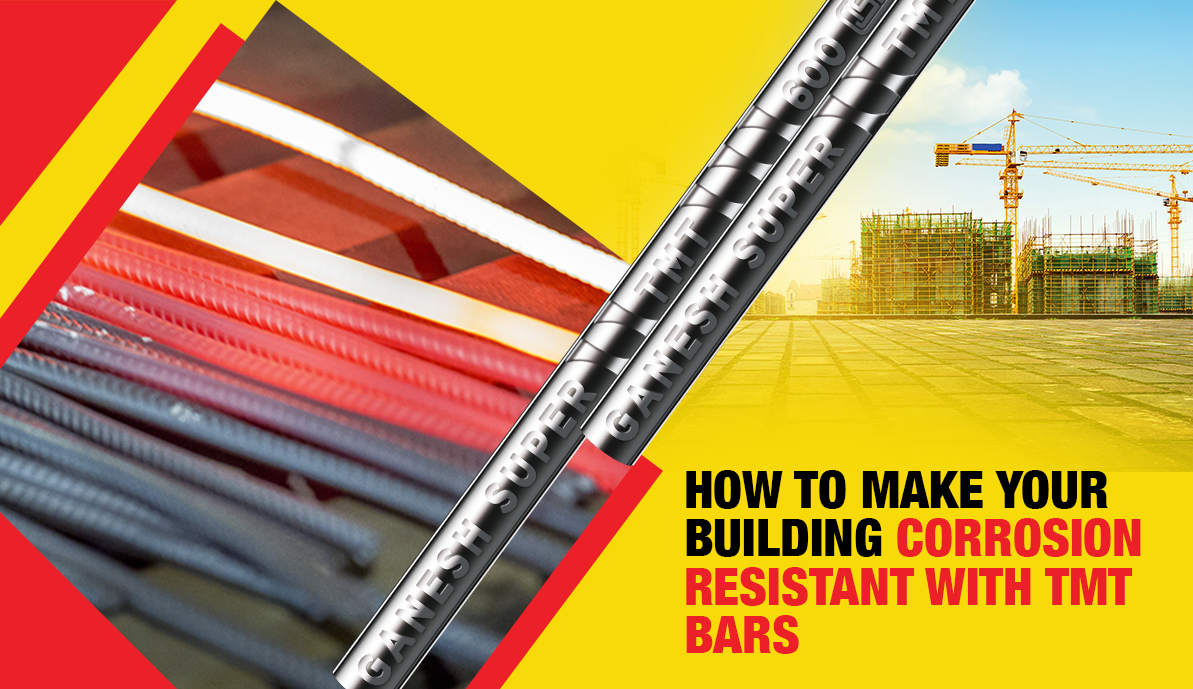The construction of high-rise buildings is continuously increasing. It is essential to use raw materials that give the structures strength and stability. Using steel bars is one way to do so. TMT bars help structures withstand seismic activities and the effects of time. Good-grade TMT bars also let the structures endure high temperatures and other natural hazards. This is due to the thermo-mechanical treatment that the bars go through at the time of their manufacture. It involves rapid cooling of the bars, which enables the soft core and hard exterior. All the different grades of TMT bars are made with the same process. However, the difference lies in the subtle difference in their chemical composition. There are several grades of TMT bars, but the most used are Fe500 and Fe550. These grades are used in urban areas as well as for industrial projects. In this blog, you will get to know about the differences between these grades and their applications.
Strength
The numbers, i.e., 500 and 550, after the name of the brand represent the grade of the TMT bars. You will find the grade written after the name of the top TMT saria manufacturer signifies the grade. The higher the grade, the more strength the TMT bar will have. The numeral actually measures the minimum stress in N/mm2. As the name suggests, Fe500 bars have a minimum yield strength of 500 N/mm², while Fe550 bars boast a higher 550 N/mm². This means that Fe550 bars can withstand greater stress before deforming permanently, making them ideal for heavy-duty applications like bridges, high-rise buildings, and structures in earthquake-prone zones.
Properties
The two steel bar grades differ in terms of chemical and physical properties. The YTS ratio might be the same for both, but there is a difference in the elongation percentage. TMT bars have a YTS/YS ratio greater than 1.25, which allows them to withstand dynamic and seismic loads. The elongation percentage signifies the capability of the TMT bars to perform in extreme situations. Fe 500 grade has a higher elongation percentage than Fe 550 grade.
Weldability
The weldability of a TMT bar can be improved by lowering the carbon content. On the other hand, the sulphur and phosphorus can make the bars more ductile and tough. Fe550 grade bars have better welding ability than the other one and can be used in a wide variety of construction projects. They are also the top choice for contractors.
Other Factors
While yield strength is a critical factor that determines the quality of the TMT bars, it is not the only aspect you should consider. Some of the other differences are:
- Tensile Strength: It means the maximum stress or load a material can take before it is stretched or pulled. Fe550 bars also have a higher minimum tensile strength (585 N/mm²) compared to Fe500 bars (545 N/mm²). This means it shows better resistance to breaking under tension.
- Ductility: Ductility is a material’s ability to be stretched, pulled, or drawn into a thin wire or thread without breaking. It is defined as the material’s capacity to undergo physical change without breaking. Fe500 bars exhibit slightly higher ductility (12% elongation) compared to Fe550 bars (10% elongation). This means they can deform more before breaking, which can be beneficial in absorbing seismic forces.
- Cost: Fe550 bars typically come at a slightly higher price point due to their superior strength properties.
Choosing The Right Grade For You
Choose Fe500 if:
- Your project is a multi-story building or a commercial structure.
- You need a good weldability.
- You place your trust in ductility for earthquake resistance.
Choose Fe550, if:
- You are constructing a large-scale project like a building or a high-rise building.
- You need maximum strength and resilience.
- Seismic resistance is a top priority.
- Budget is not a major constraint.
The Bottom Line
You can always consult with a specialist or a structural engineer to determine the most suitable TMT bar. Ganesh Super is one of the top TMT manufacturers in Eastern India that uses the highest grade of blogs. We will help you assess the load-bearing needs, seismic considerations, and budget constraints to make the best recommendation. You can also look for TMT bars that comply with relevant standards like IS 1786 (India) or BS 4449 (UK) to ensure quality and reliability. By understanding the key differences between Fe500 and Fe550 TMT bars, you can make an informed decision and choose the steel that will provide the necessary strength, ductility, and cost-effectiveness for your construction project. Remember, a solid foundation starts with the right materials!





